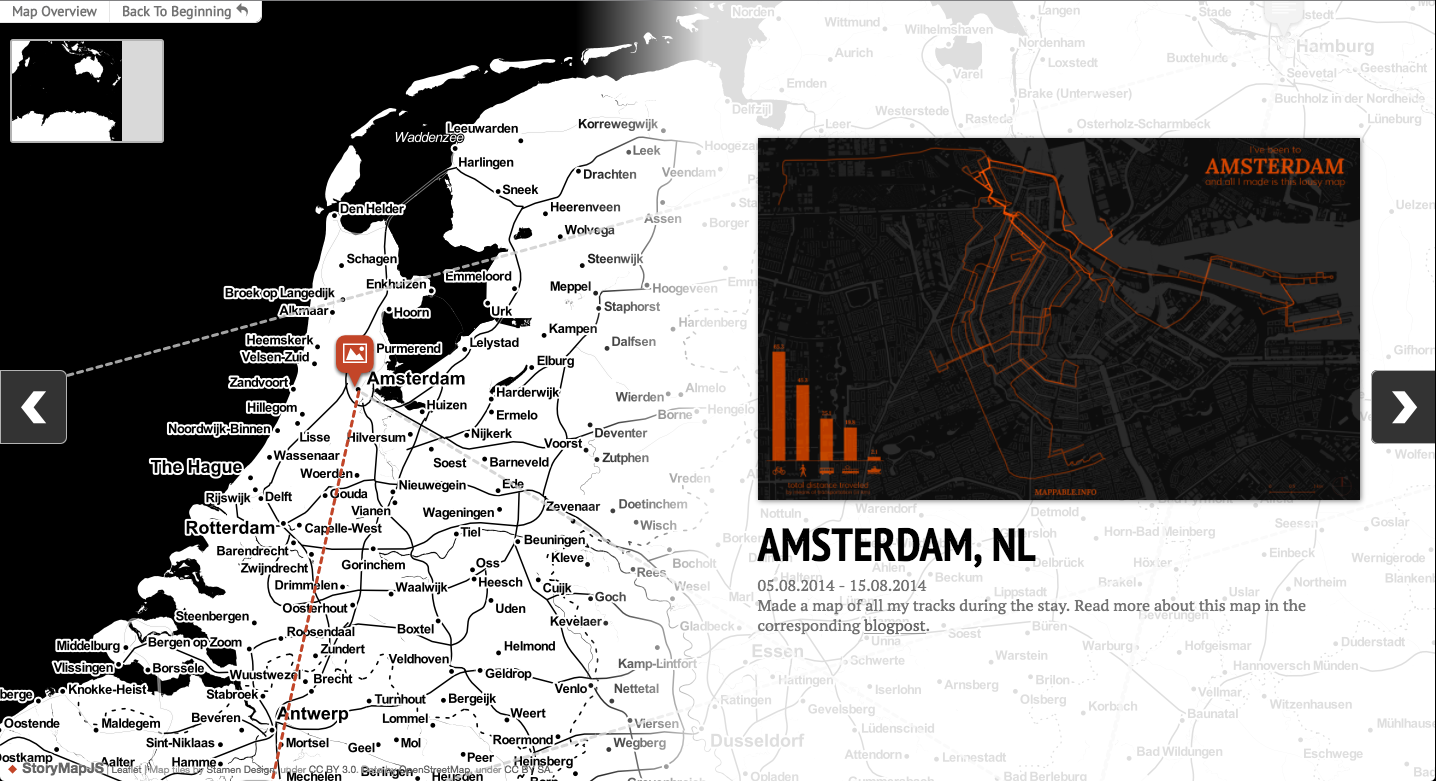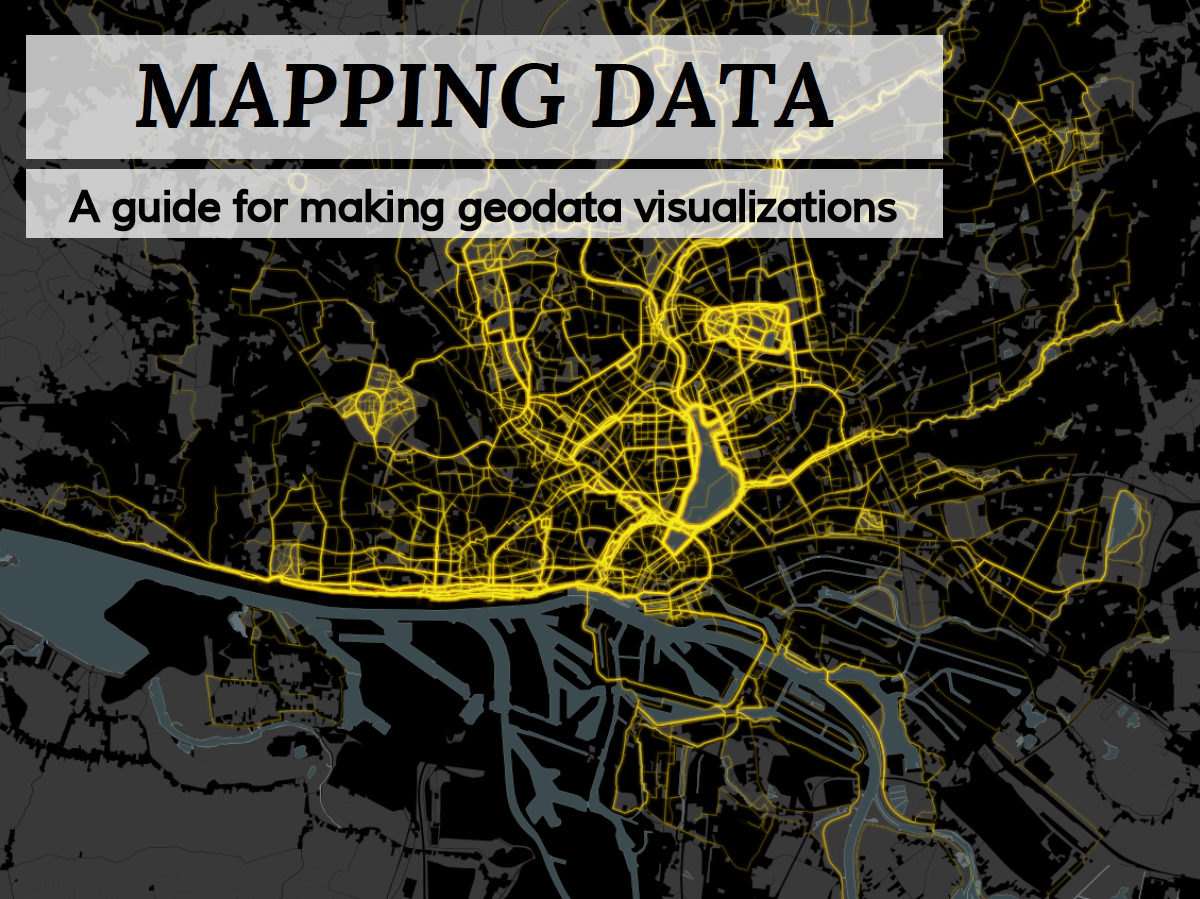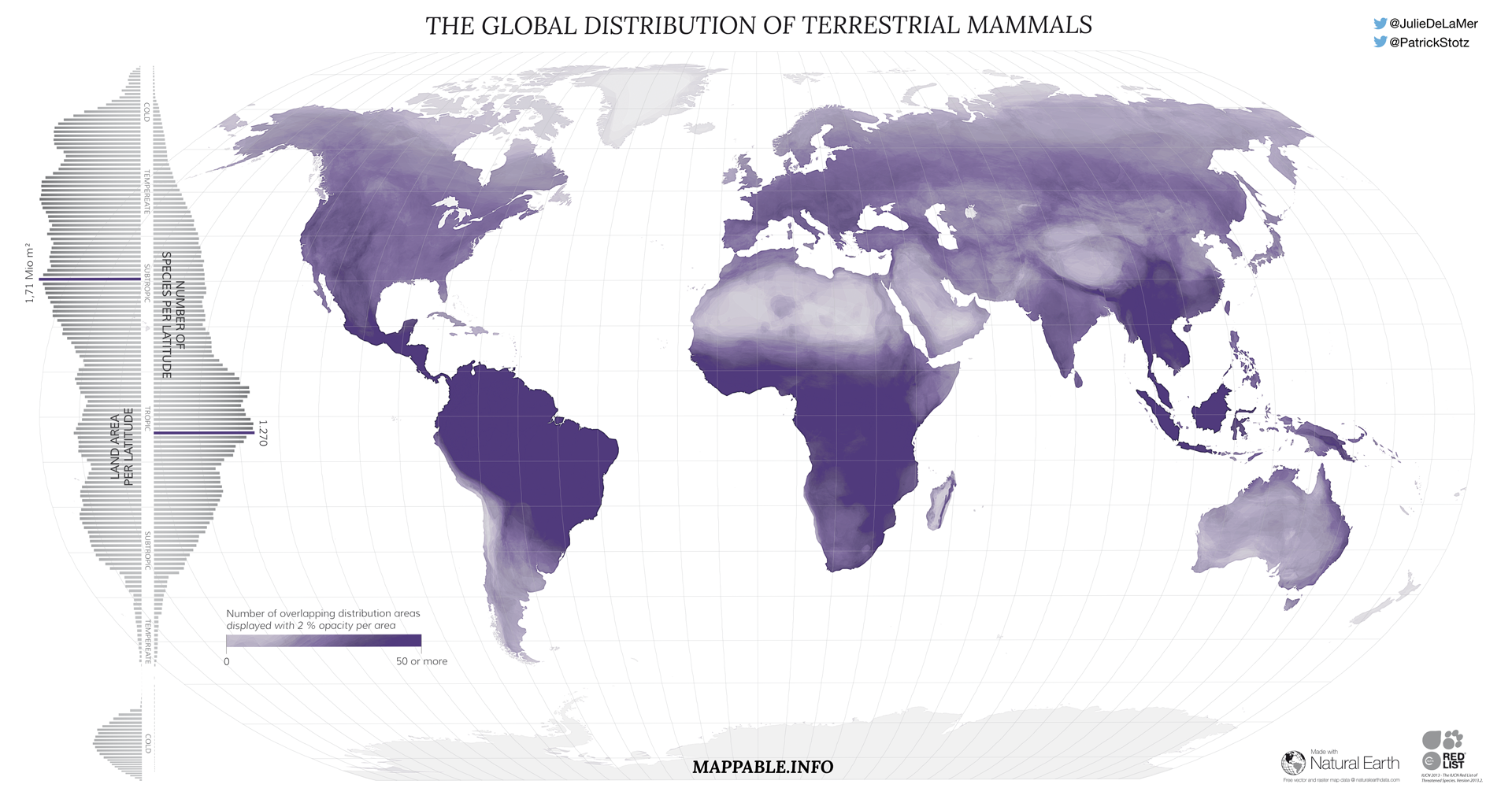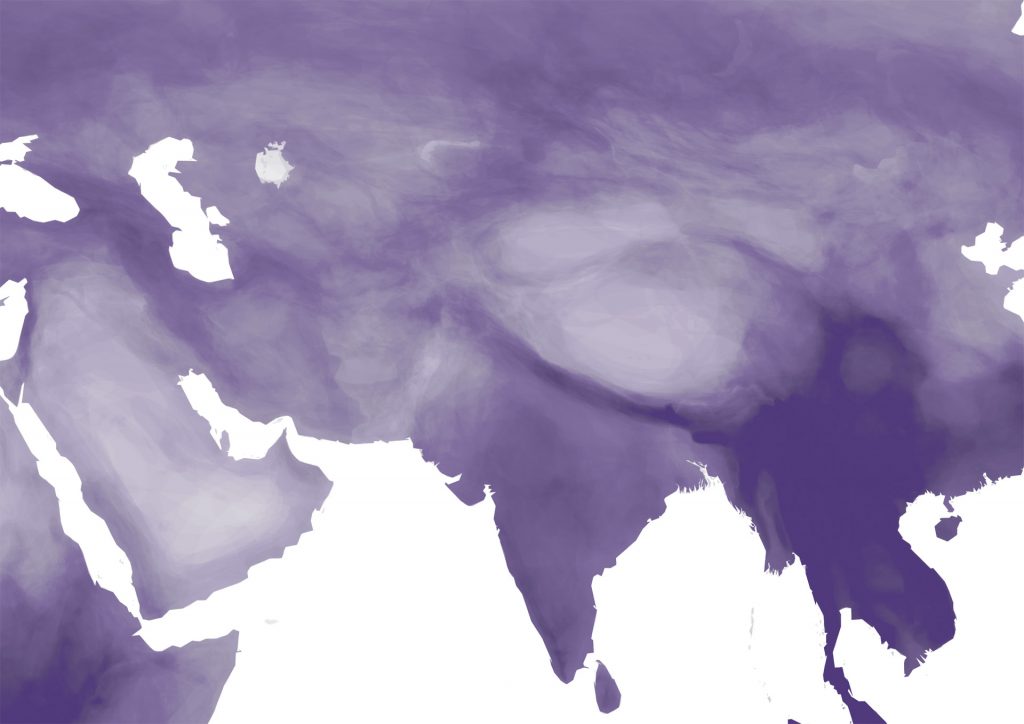Last year we released our project ‘one week of carsharing’ for which we analyzed and visualized car2go usage in 19 cities worldwide. Unfortunately we had to take the project offline soon after the release due to a disagreement with Daimler (car2go’s parent company) on our data collection method. As a consequence we thought about a way to present our project without harming Daimler’s interests: simply by showing what we did and how the results look like – this time not with real data but with a synthetic data set for an imaginary city.
In the following weeks and months we got in contact with a lot more people working on carsharing analytics and visualizations from different perspectives (academics, transportation, journalism). One of them was civity management consultants, one of the leading consultancy firms for public services in Europe. They had their own data sets on carsharing usage and asked us to do some cartographic visualizations for them. Their most recent (german) publication is an in-depth analysis of the impact and relevance of ‘free floating carsharing’ – both economically as well as traffic wise.
As a part of our collaboration we had the pleasure to produce a 24h time-lapse video of carsharing activity in Berlin during the day of the World Cup 2014 match Brazil vs. Germany. Take a look at how Berlin is almost standing still during the match (22:00 – 23:45) and how it comes back alive immediately after the victory of the German team.
The video was produced in Processing and Unfolding with a custom basemap rendered in Tilemill. It was inspired by the project “Seven days of carsharing” by DensityDesign and their Milano time-lapse video. Since it was the first time we worked with Processing and Java code, the release of the visualization’s source code by DensityDesign’s Daniele Ciminieri on github was a huge help for us (Thanks a lot Daniele!).
Basemap data:
- Naturals (parks/forests/water): Urban Atlas by the European Environment Agency; © Directorate-General Entreprise and Industry
- Buildings: ©OpenStreetMap contributors; data available under Open Database License http://www.openstreetmap.org/copyright




